Strangest Things Scientists Recently Discovered in Space
Space has always been mysterious, but recent discoveries have left even seasoned astronomers scratching their heads. From diamond rain on distant planets to galaxies that shouldn’t exist, the cosmos continues to serve up mind-bending surprises that challenge everything we thought we knew about the universe.
1. The Impossible Galaxy That Breaks Physics
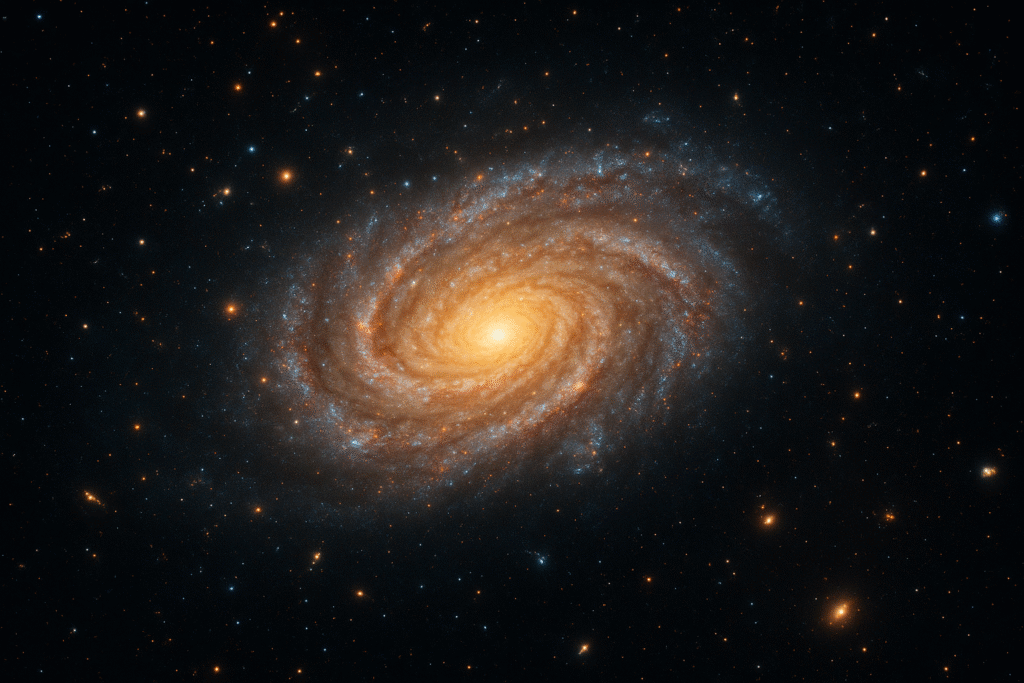
In 2023, astronomers discovered a galaxy that’s so massive and so old, it literally shouldn’t exist according to our current understanding of the universe. Named JADES-GS-z13-0, this cosmic rebel formed just 325 million years after the Big Bang – a time when the universe was supposedly too young for such giants to exist.
| Discovery Details | Information |
|---|---|
| Galaxy Name | JADES-GS-z13-0 |
| Age | 13.4 billion years old |
| Mass | 100 billion times our Sun |
| Discovery Method | James Webb Space Telescope |
| Why It’s Impossible | Formed too early in universe’s history |
This discovery is like finding a fully grown oak tree in a nursery full of seedlings. It’s forcing scientists to completely rethink how galaxies form and evolve in the early universe.
2. Diamond Rain on Neptune and Uranus (Yes, Really!)
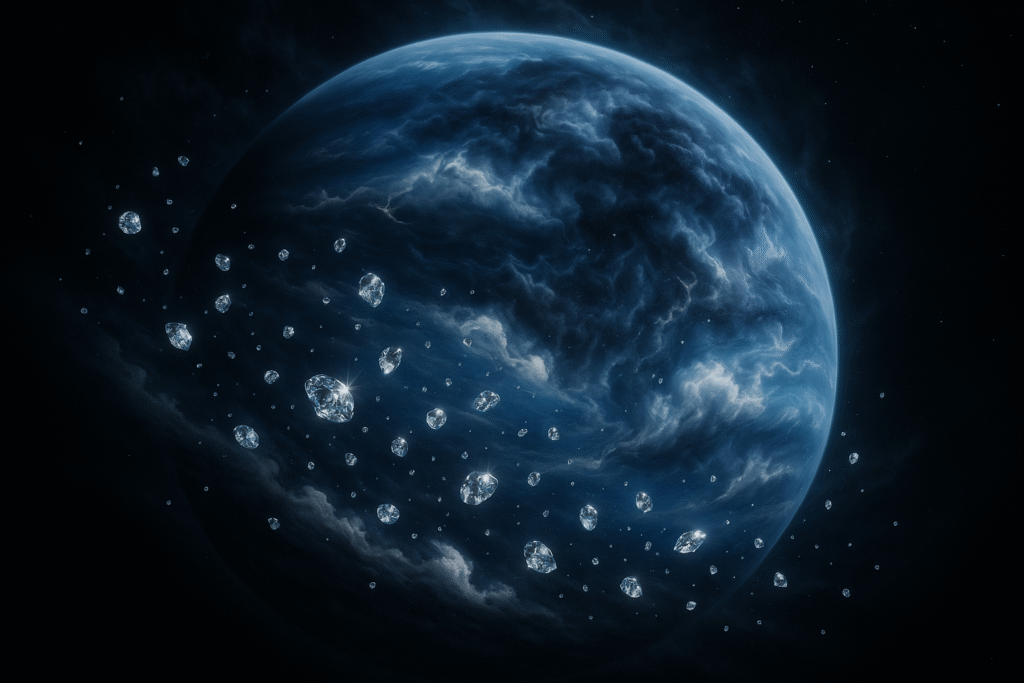
Forget acid rain – on Neptune and Uranus, it literally rains diamonds! Scientists have known about this phenomenon for years, but recent laboratory experiments have confirmed just how common these precious precipitation events might be.
The process is fascinatingly violent: extreme pressure and temperatures in these ice giants’ atmospheres compress carbon atoms from methane, creating diamonds that fall like glittering hailstones toward the planets’ cores.
| Diamond Rain Facts | Details |
|---|---|
| Planets Affected | Neptune, Uranus |
| Diamond Size | Up to millions of carats |
| Formation Pressure | 11 million times Earth’s atmosphere |
| Temperature | 3,500°F (1,927°C) |
| Annual Diamond Production | Estimated 1,000 tons per planet |
3. The Star That Keeps Exploding (And Won’t Stay Dead)

Meet iPTF14hls, the zombie star that’s giving astronomers nightmares. This cosmic undead creature has been caught exploding multiple times over several decades, which should be absolutely impossible since stars typically explode once and then… well, they’re done.
The first recorded explosion was in 1954, and it kept brightening and dimming for over 600 days – normal supernovas last about 100 days. It’s like watching someone die dramatically on stage, only to have them pop back up and die again… and again.
| Zombie Star Characteristics | Data |
|---|---|
| Star Designation | iPTF14hls |
| First Explosion | 1954 |
| Recent Explosion | 2014 |
| Explosion Duration | 600+ days (normal: ~100 days) |
| Mass | 50-130 times our Sun |
| Distance from Earth | 500 million light-years |
4. Planets Made of Pure Metal
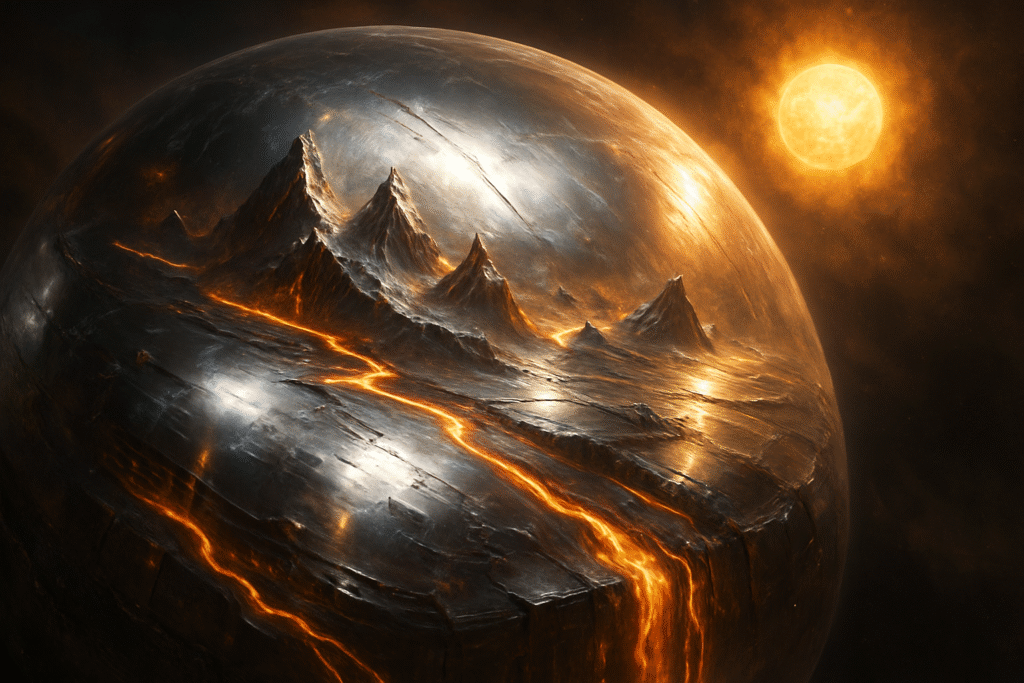
Imagine a world where mountains are made of iron and valleys are carved from nickel. That’s the reality on GJ 367b, a planet that’s essentially a giant metal ball hurtling through space.
This ultra-short period planet (meaning it orbits its star incredibly quickly) is so close to its sun that it completes a full orbit in just 7.7 hours. The intense stellar radiation has stripped away any atmosphere or lighter materials, leaving behind a world that’s 86% iron – making it denser than Mercury.
| Metal Planet Specifications | Values |
|---|---|
| Planet Name | GJ 367b |
| Composition | 86% iron core |
| Orbital Period | 7.7 hours |
| Surface Temperature | 2,700°F (1,482°C) |
| Density | 8.106 g/cm³ |
| Discovery Year | 2021 |
5. The Mysterious Radio Signals from Space
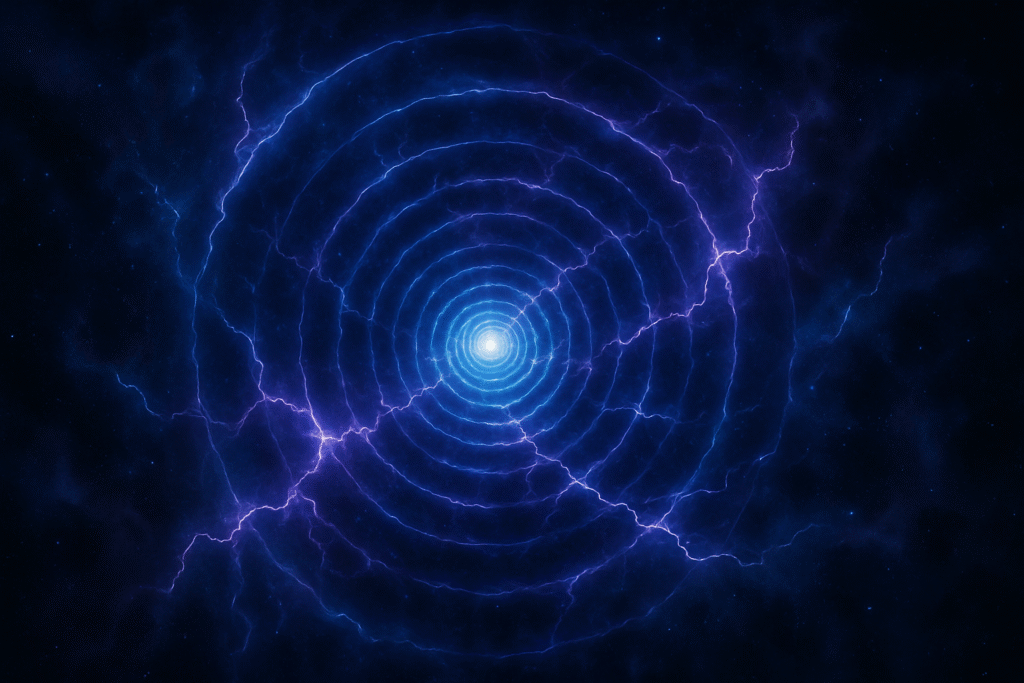
Fast Radio Bursts (FRBs) are like cosmic text messages we can’t decode. These incredibly powerful radio signals last just milliseconds but release more energy than our Sun produces in an entire day. The catch? We have no idea what’s causing them.
Recent discoveries have made FRBs even more puzzling. Some repeat in patterns, others seem to come from the same location multiple times, and a few have been traced back to their source galaxies – but the mystery of what creates them remains unsolved.
| FRB Mystery Facts | Information |
|---|---|
| Duration | Milliseconds |
| Energy Released | More than Sun’s daily output |
| Discovery Year | 2007 |
| Total Detected | Over 1,000 |
| Repeating FRBs | Less than 5% |
| Possible Causes | Neutron stars, black holes, aliens? |
6. Water Worlds Beyond Imagination
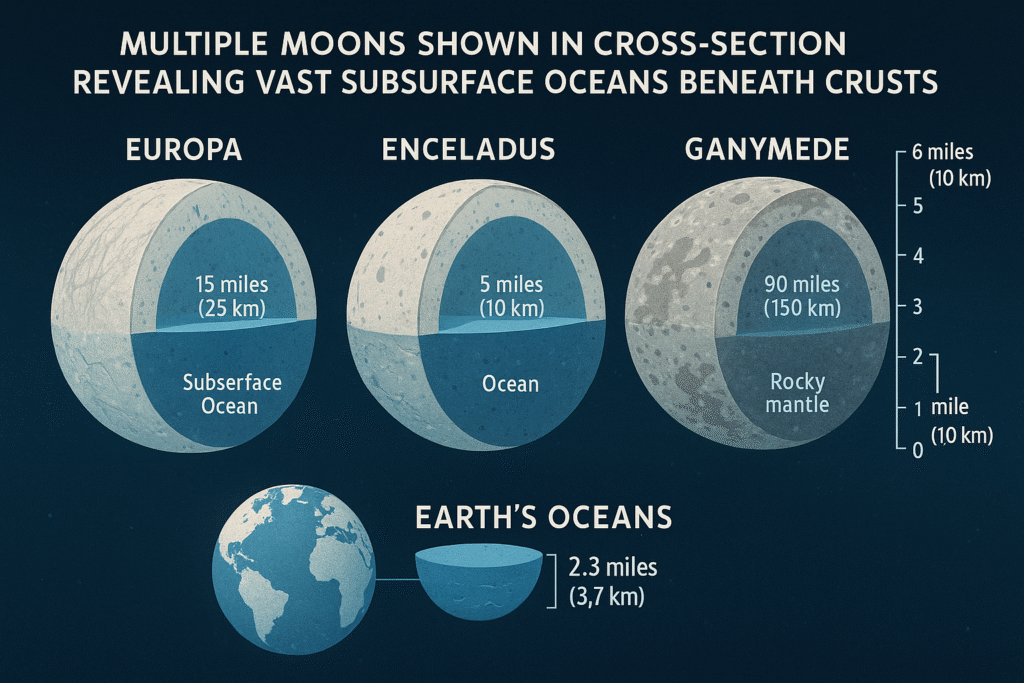
Recent discoveries have revealed that water in space is far more common than we ever imagined – and it exists in the strangest places. Europa and Enceladus aren’t the only ocean worlds anymore. Scientists have found evidence of subsurface oceans on moons we never expected, including Ganymede, Callisto, and even tiny Dione.
But here’s the kicker: some of these hidden oceans contain more water than all of Earth’s oceans combined. We’re literally floating in a cosmic archipelago of water worlds.
| Hidden Ocean Worlds | Ocean Depth (estimated) |
|---|---|
| Europa | 60-150 km deep |
| Enceladus | 26-31 km deep |
| Ganymede | 100 km deep |
| Callisto | 250 km deep |
| Titan | 55-80 km deep |
| Earth’s Ocean | Average 3.7 km deep |
7. The Black Hole That Shouldn’t Exist

In 2019, scientists discovered a black hole so massive it broke their computer models. TON 618 weighs in at 66 billion times the mass of our Sun, making it one of the most massive black holes ever discovered. To put this in perspective, if TON 618 replaced our Sun, its event horizon would extend beyond the orbit of Neptune.
The problem? Black holes this massive shouldn’t exist according to current theories of how they form and grow. It’s like finding a mouse the size of an elephant – theoretically impossible, but there it is.
| Massive Black Hole Stats | Measurements |
|---|---|
| Name | TON 618 |
| Mass | 66 billion solar masses |
| Event Horizon Diameter | 1,300 AU (40x Neptune’s orbit) |
| Distance from Earth | 10.37 billion light-years |
| Luminosity | 140 trillion times brighter than Sun |
| Discovery Challenge | Exceeds formation theories |
The Universe’s Sense of Humor
These discoveries remind us that the universe has a wicked sense of humor. Just when we think we’ve figured out the rules, space throws us a curveball that makes us question everything. From impossible galaxies to zombie stars, from diamond rain to metal worlds, the cosmos continues to be stranger than fiction.
What makes these discoveries even more exciting is that they’re just the beginning. With new telescopes coming online and technology advancing rapidly, we’re bound to uncover even more cosmic oddities that will leave us wondering what other surprises the universe has in store.
The next time you look up at the night sky, remember: somewhere out there, diamonds are falling like rain, stars are refusing to stay dead, and galaxies that shouldn’t exist are spinning through space, completely ignoring our carefully constructed theories about how the universe should work.
And honestly? That’s exactly what makes space exploration so thrilling.
What strange space discovery fascinates you the most? The universe is full of surprises, and we’ve barely scratched the surface of its weirdest secrets.




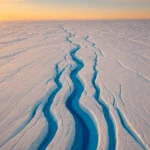

Leave a Comment